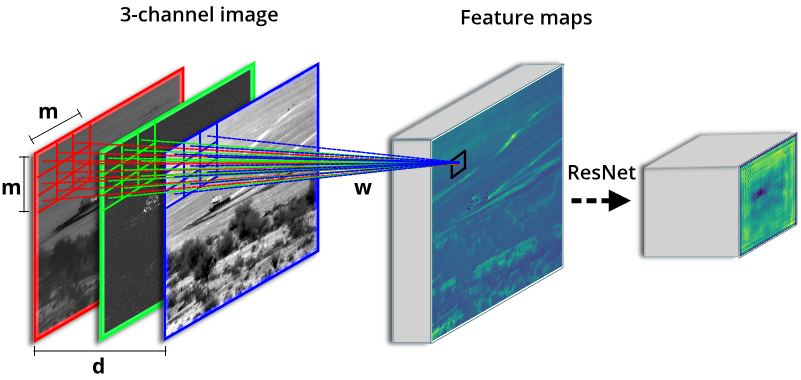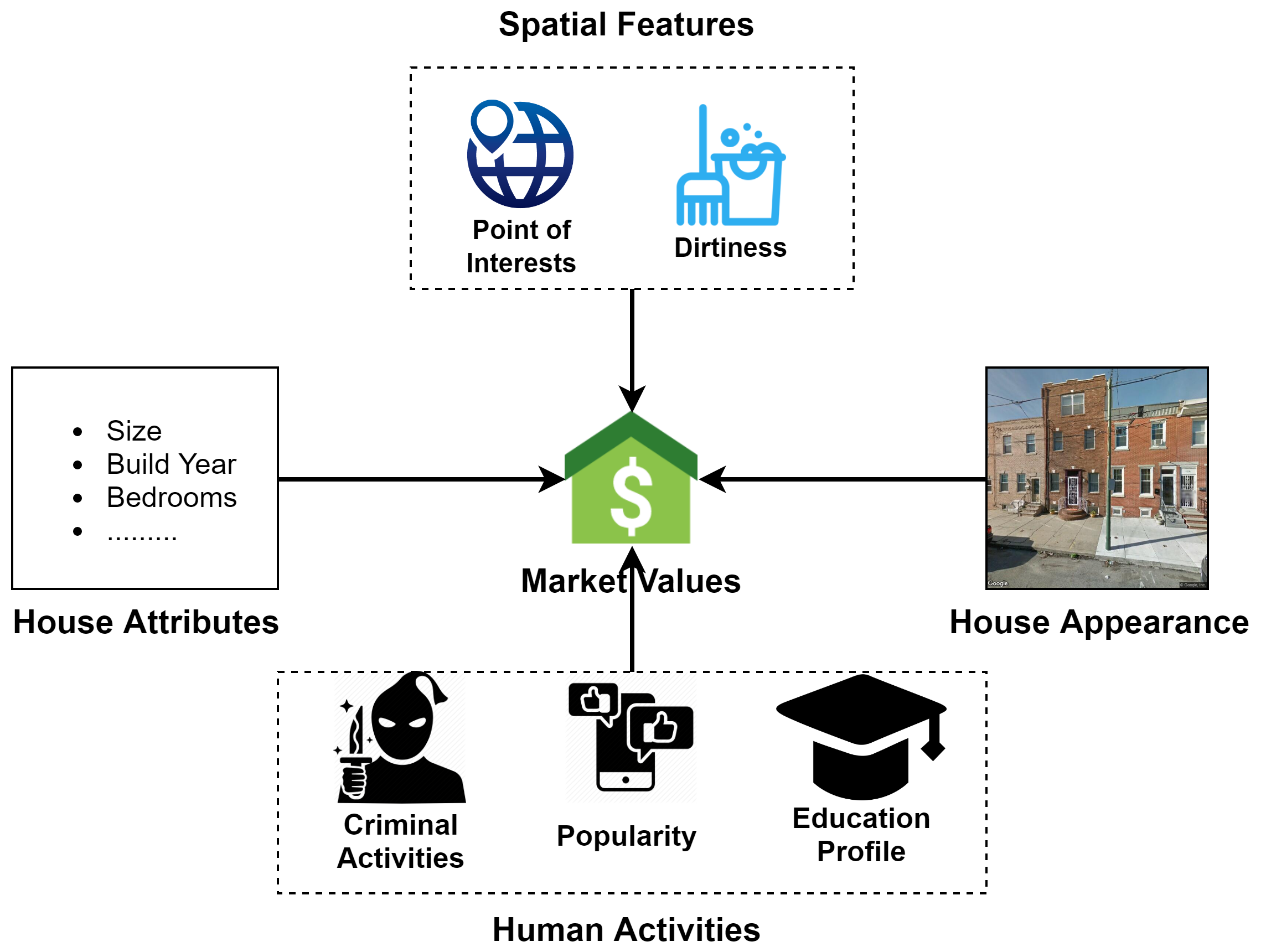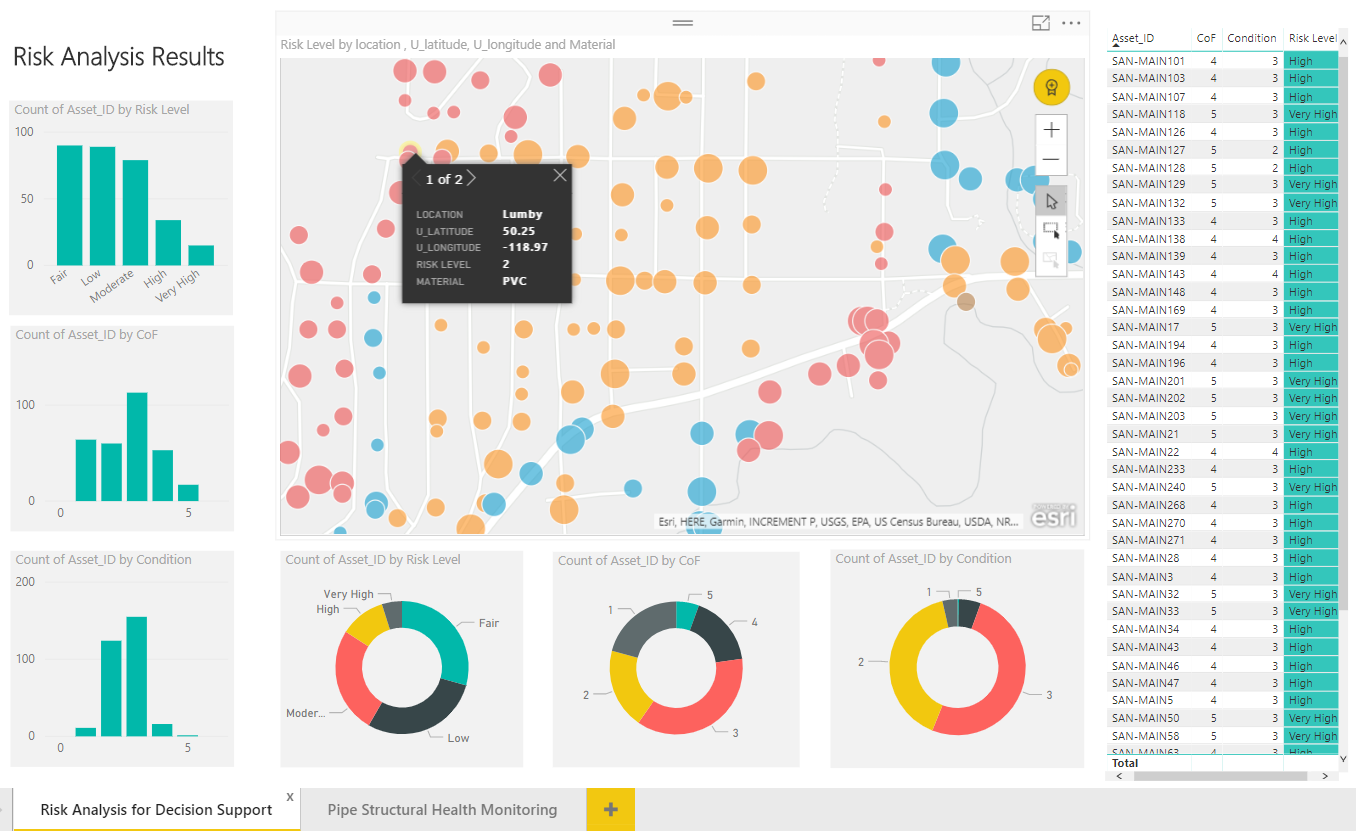Thermal Image Translation for Enhanced Environmental Perception at Night
Human have poor night vision compared to many animals, partly because human eyes lack tapetum lucidum. This biological deficiency may lead to several undesirable fatalities. Hence, context enhancement plays a critical role in many night vision applications. In the dark night situation, the visible camera doesnot function properly but the Infrared (IR) themal camera works well which can highlight the objects with emitted energy. Theoretically, the useful semantic information of an image to the human visual system (HVS) includes contour, texture and color. But the IR image only has the contour information. In this research project, we aims to develop a framework to translate the IR image at dark night to the colorful visible image with rich semantic information for enhanced environmental perception at night.
Learn More





